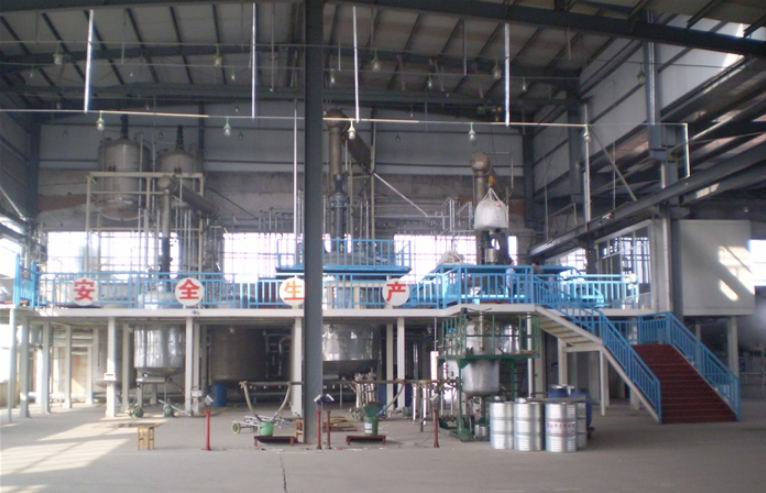Methyl Methacrylate Vs Poly(Methyl Methacrylate): Monomer and Polymer
Methyl methacrylate (MMA) is an unsaturated ester monomer widely employed in polymer production. Its main application lies in the synthesis of Poly(methyl methacrylate) (PMMA) homopolymers. PMMA is a clear and hard synthetic plastic.
In addition, MMA is the basis for many acrylate polymers and is an essential copolymer monomer in the formulation of paints, coatings and adhesive resins. Applications include safety glass, exterior paints, vinyl impact modifiers, adhesives, lighting displays, etc.
MMA is also utilized in copolymerization with styrene and butadiene to produce additives for polyvinyl chloride (PVC), enhancing its properties. Additionally, MMA undergoes ester-exchange reactions to create specialty methacrylate monomers.
PMMA finds industrial application in the manufacture of cast and extruded acrylic sheets. These cast PMMA sheets exhibit excellent optical clarity, high transparency, and UV stability. Moreover, PMMA is biocompatible, making it suitable for various medical technologies such as acrylic bone cements and intraocular lenses for eye implants. Ongoing research aims to develop high-performance PMMA nanocomposites incorporating materials like carbon nanotubes, carbon black, and carbon fibers.
Both MMA and PMMA are commonly employed organic reagents in the production of plastics and construction materials. Methyl methacrylate production serves as the precursor monomer for PMMA, with PMMA being a major downstream product of MMA. However, direct contact with MMA can pose safety hazards to the skin, eyes, and respiratory system, potentially causing severe health issues. In contrast, PMMA demonstrates compatibility with human tissue.
MMA: Chemical Structure and Properties
MMA has the chemical formula C5H8O2 and is characterized by its double bond, which makes it highly reactive. This reactivity is crucial for its role in polymerization processes.
Production Process
MMA is typically produced through the esterification of methacrylic acid with methanol or by the acetone cyanohydrin process. These methods are efficient and widely used in the industry.
Applications of MMA
Methyl methacrylate is a precursor for various products, including:
- Acrylic resins: Used in paints, coatings, and adhesives.
- Medical applications: In bone cement and dental products.
- Automotive parts: In the production of durable and lightweight components.
PMMA: Chemical Structure and Properties
PMMA is a polymer, meaning it consists of long chains of repeated MMA units. Its chemical formula is (C5H8O2)n, where "n" represents the number of repeating units. PMMA is known for its optical clarity, high resistance to UV light, and excellent impact strength.
Polymerization Process
PMMA is produced through the polymerization of MMA monomers, typically via bulk, solution, or emulsion polymerization methods. The choice of method affects the molecular weight and properties of the final polymer.
Applications of PMMA
PMMA is used in various applications, such as:
- Optical lenses: Including eyeglass lenses and camera lenses.
- Displays and screens: For electronic devices.
- Construction materials: In windows, skylights, and signage.
- Medical devices: Such as intraocular lenses and implant materials.
Key Differences Between MMA and PMMA
Physical State and Form
- MMA: A liquid monomer with a strong odor.
- PMMA: A solid polymer available in sheets, rods, and various molded forms.
Chemical Reactivity
- MMA: Highly reactive due to its double bond, making it suitable for polymerization.
- PMMA: Chemically stable and resistant to various chemicals and environmental conditions.
Optical Properties
- MMA: Not used directly for optical applications but as a precursor.
- PMMA: Renowned for its optical clarity and is often used as a glass substitute.
Mechanical Properties
- MMA: Not typically used in applications requiring mechanical strength.
- PMMA: Exhibits excellent mechanical properties, including impact resistance and durability.
Choosing Between MMA and PMMA
Application Requirements
When deciding between MMA and PMMA, consider the specific needs of your application:
- For manufacturing: MMA is suitable as a precursor for producing various polymers and copolymers.
- For end-use products: PMMA is ideal for applications requiring transparency, durability, and UV resistance.
Cost Considerations
MMA and PMMA have different cost implications:
- MMA: Generally less expensive as a raw material.
- PMMA: Higher cost due to its processing and application versatility but offers long-term benefits in terms of durability and performance.
Environmental Impact
Both MMA and PMMA have environmental considerations:
- MMA: Volatile and flammable, requiring careful handling and storage.
- PMMA: More stable but can pose recycling challenges.
Conclusion
Methyl methacrylate and poly(methyl methacrylate) serve distinct but complementary roles in various industries. Understanding their properties and applications can help you choose the right material for your specific needs. Whether you're looking for a precursor like MMA for polymer production or a durable, clear polymer like PMMA for end-use products, these materials offer versatile solutions.



